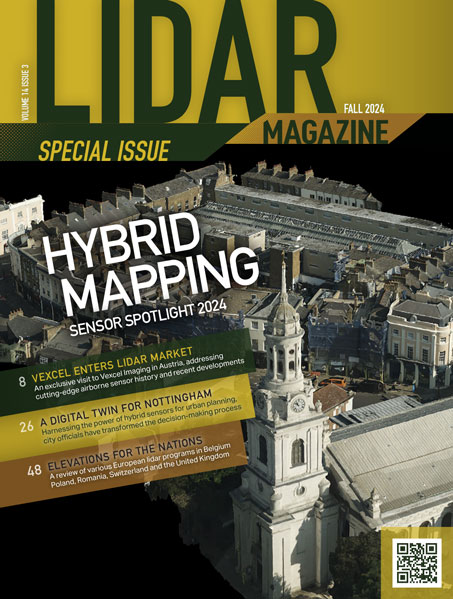Reston, VA – February 13, 2018 – The National Society of Professional Surveyors (NSPS) today commended Representatives Alex Mooney (R-WV) and Vicente Gonzalez (D-TX) for their bipartisan introduction of a bill to improve the flood mapping associated with the National Flood Insurance Program (NFIP) of the Federal Emergency Management Agency (FEMA) in the U.S. House of Representatives.
"As members of the House Committee on Financial Services, with direct oversight of the FEMA National Flood Insurance Program (NFIP), Reps. Alex Mooney (R-WV) and Vincente Gonzalez (D-TX) have introduced H.R. 4905, the bipartisan ‘Improvement of Mapping, Addresses, Geography, Elevations, and Structures (IMAGES) Act’ to reform NFIP mapping by leveraging elevation data collected through FEMA’s participation in the 3D Elevation Program (3DEP), and associated nationwide structure data, including parcel and address data, as well as strengthening streamflow data nationwide, all of which, among other reforms, will help improve the assignment and management of flood map risk within the NFIP", said Pat Smith, RPLS, chairman of the NSPS Government Affairs Committee.
Flood maps identify areas at greatest risk of flooding and provide the foundation for NFIP. To further improve the nation’s flood insurance program, protect homeowners, and help reduce the taxpayers’ financial risk, NSPS worked closely with Reps. Mooney and Gonzalez to identify several recommendations for surveying, mapping and geospatial reforms.
The IMAGES Act helps NFIP flood risk management through FEMA’s participation in the 3DEP program in USGS. With a return on investment (ROI) of 5:1, over 600 business uses and other public benefits in 3DEP, of which the top two are NFIP and Infrastructure, 3DEP is an example of a true public-private partnership that is reducing duplication, while leveraging existing Federal and state investments related to surveying and mapping enhanced elevation data nationwide primarily through the use of LiDAR technology.
Congress passed the Biggert-Waters Act in 2012 and the Homeowner Flood Insurance Affordability Act in 2014 to begin NFIP reform. Further legislation is needed in the next reauthorization of NFIP to improve the surveying and mapping data necessary to provide more accuracy and solvency in the program and fairer premiums for homeowners. In November 2017, the House passed H.R. 2874, the "21st Century Flood Reform Act." Despite being a step in the right direction, that bill did not provide for robust data collection efforts. Given that the average age of the elevation data supporting flood maps is 35 years old, H.R. 4905 will help Congress to move NFIP into the 21st Century. The U.S. Senate has not yet considered NFIP reform and reauthorization legislation.
"National government affairs is one of the most important programs NSPS offers in service to the profession and the public. I am pleased NSPS was able to play a critical role in working with Congress on the introduction of this important legislation. I commend Pat Smith and his committee, as well as our consultants, John M. Palatiello & Associates, Inc. and our lobbyist John Byrd, and particularly applaud Congressmen Mooney and Gonzalez for their bipartisan leadership", said Jan Fokens, PS, NSPS President.
About NSPS
National Society of Professional Surveyors (NSPS) is the voice of the professional surveying community in the United States (and Territories) with more than 16,000 individual members. Through its affiliation agreements with the respective state surveying societies, NSPS has a strong constituency base through which it communicates directly with lawmakers, agencies, and regulators at both the national and state levels. NSPS monitors and comments on legislation, regulation, and policies that have potential impact on the activities of its members and their clients, and collaborates with a multitude of other organizations within the geospatial community on issues of mutual interest.
About John M. Palatiello & Associates, Inc.
JMP&A provides consulting services to private firms, associations, and government agencies with an emphasis on the architecture and engineering; geospatial, surveying, mapping and GIS; information technology; construction; transportation and infrastructure, and land use sectors.
